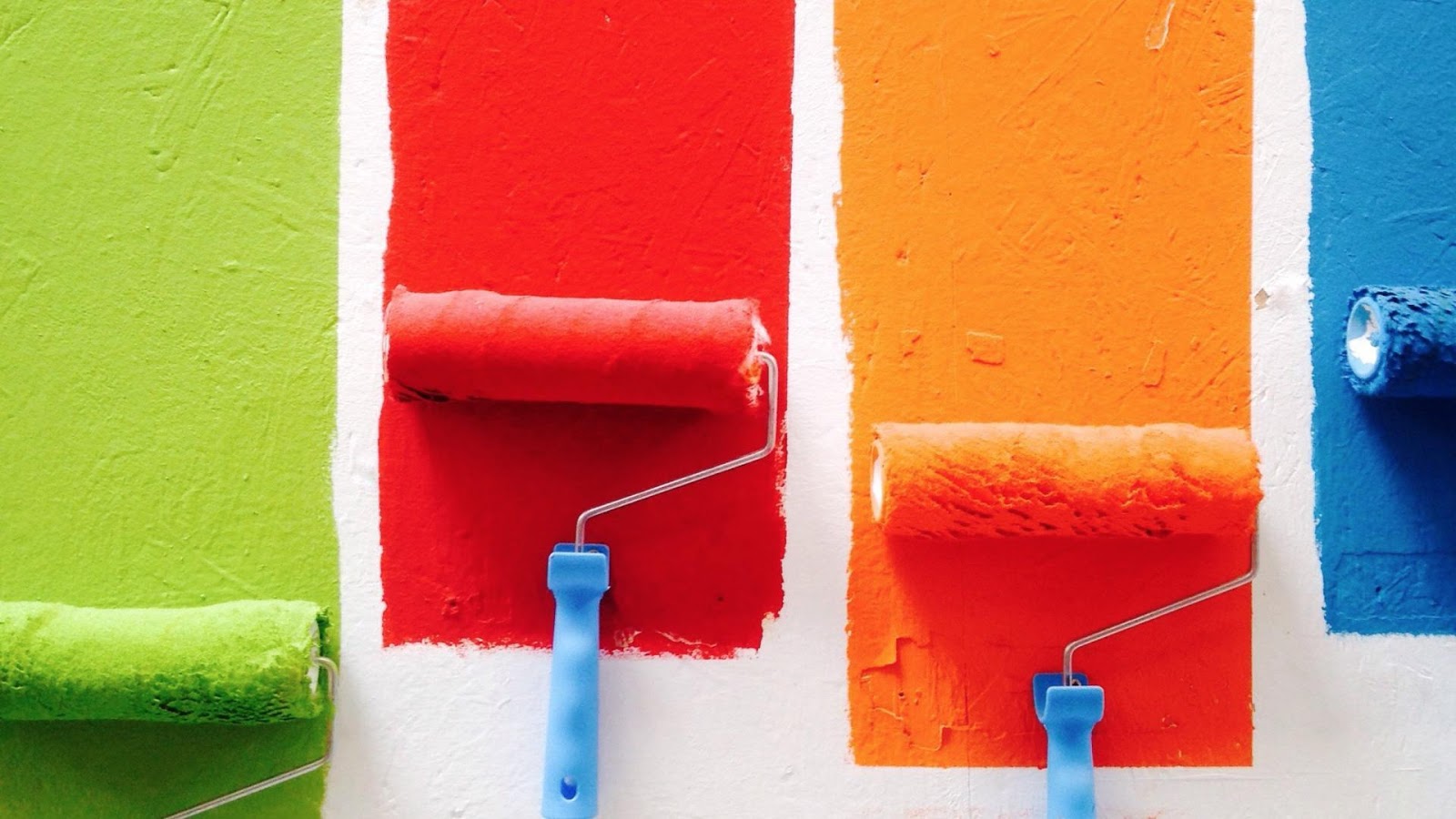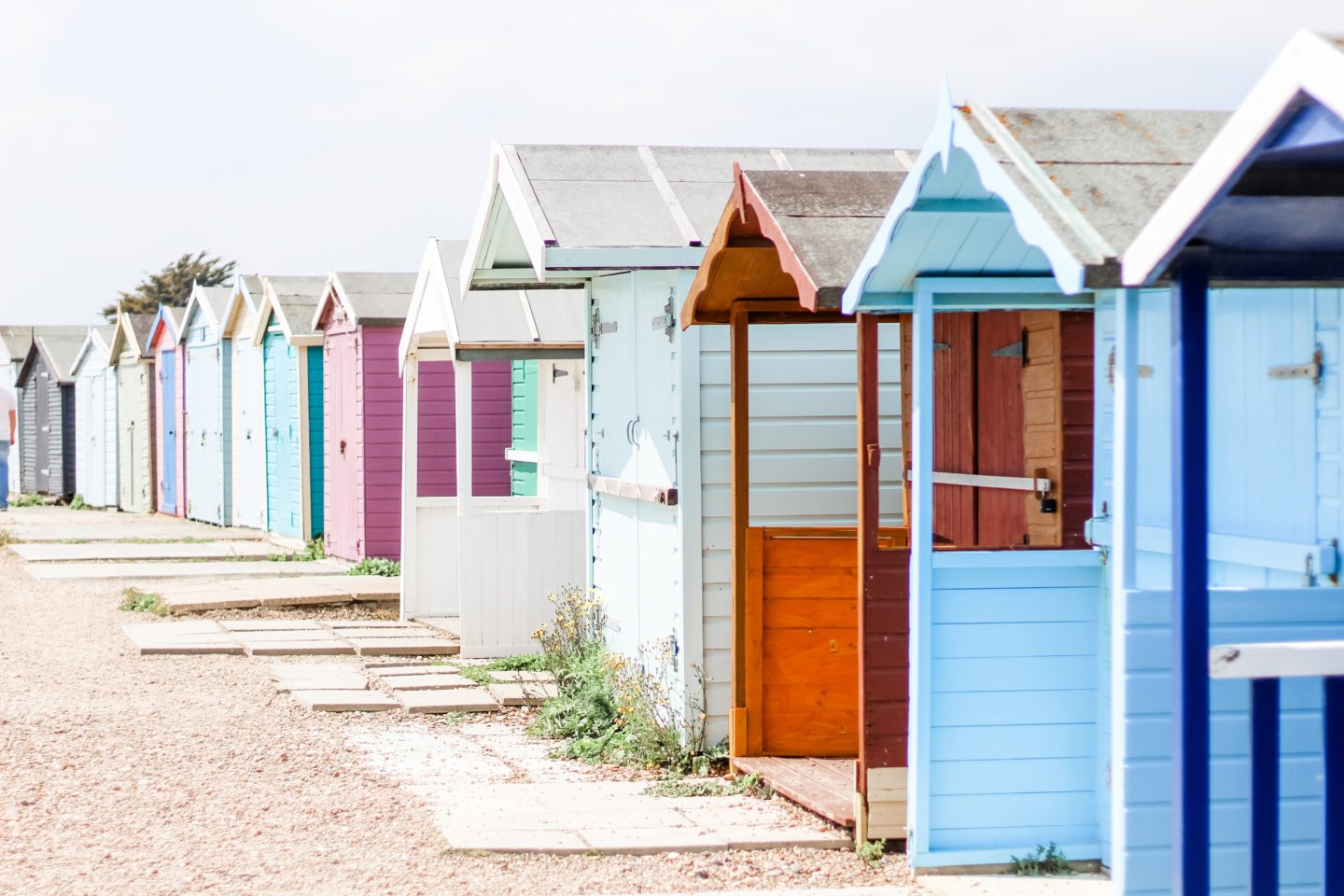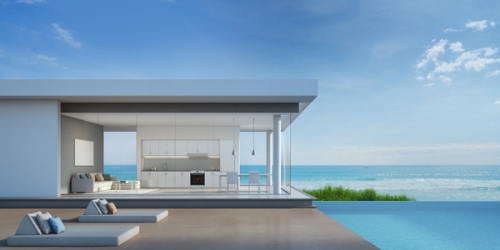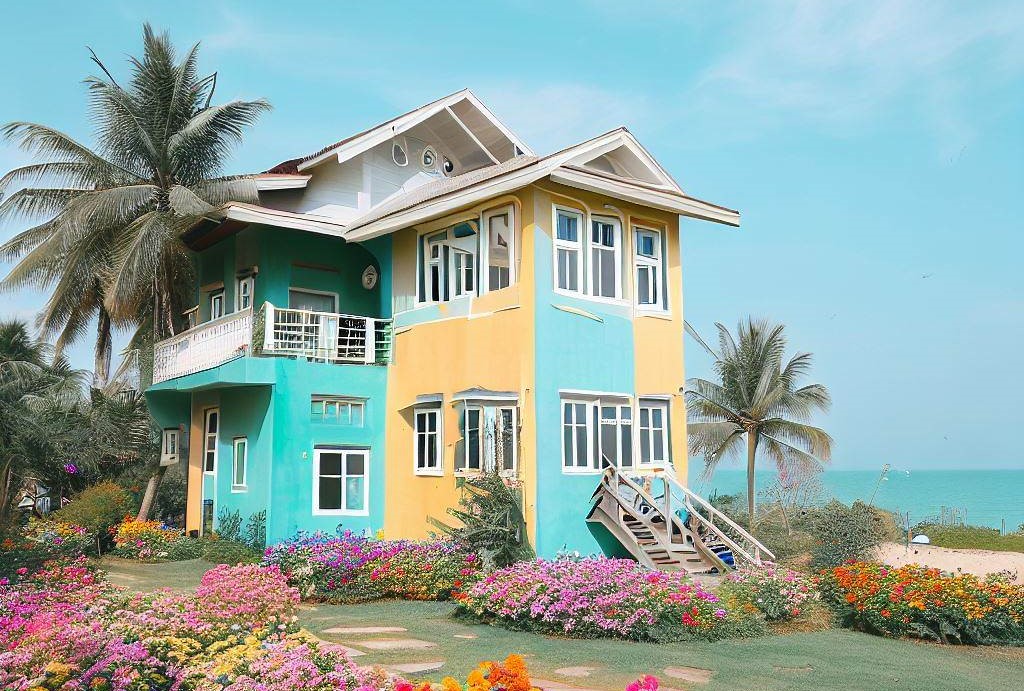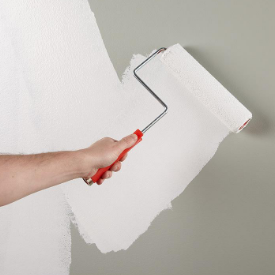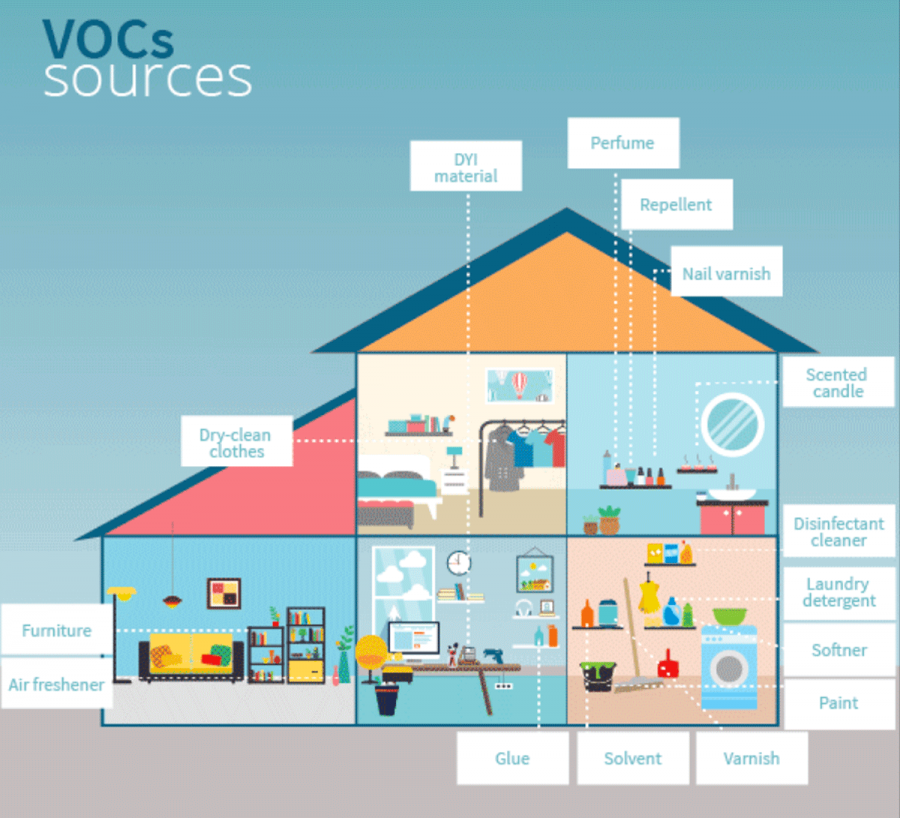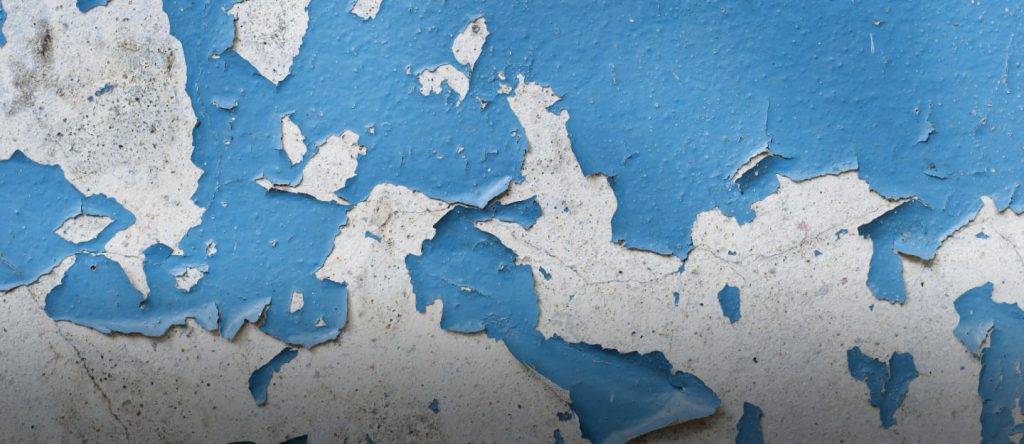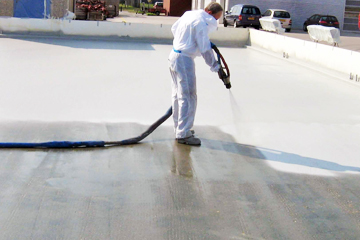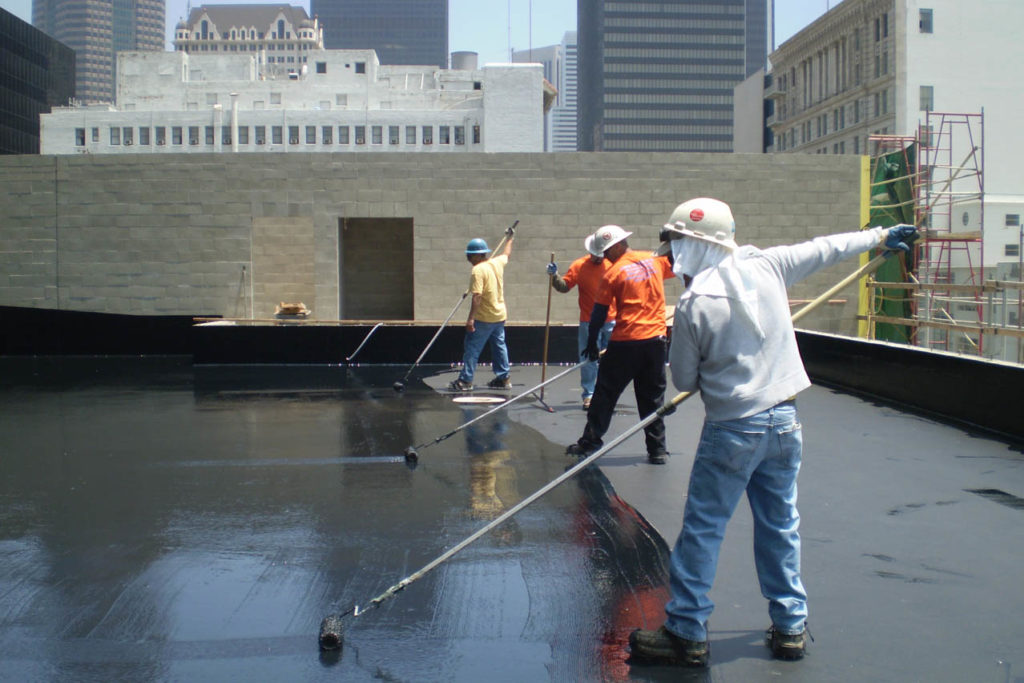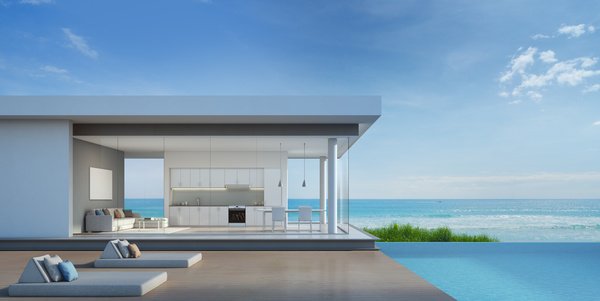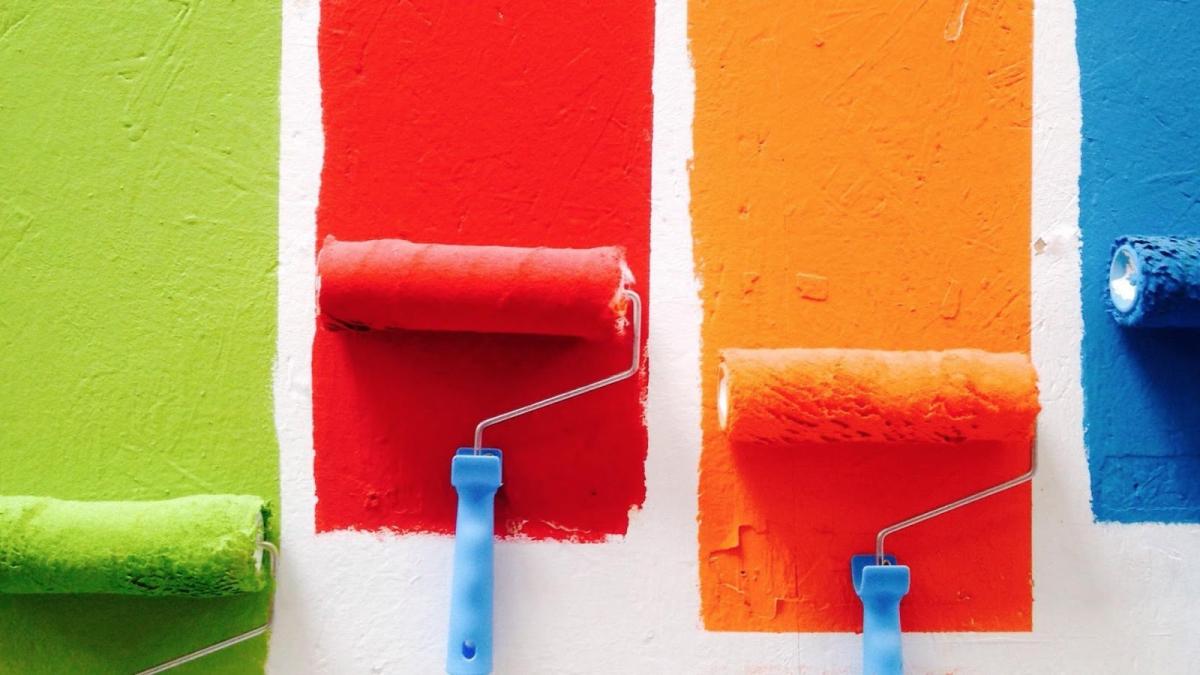How to choose the Paint for sea weather?
The impact of salt on wall paint layers and steel structure paint
Wall paint
Coloring: Salt can cause paint colors to become pale or change the original color.
Peeling: Salt can penetrate the paint layer, causing layering and peeling of the painted surface of the wall.
Loss of durability: Salt can negatively affect the durability of wall paint, reducing the service life and protective performance.
.jpg)
Structural steel paint
Rust: Salt in the coastal air accelerates the oxidation of the metal, which causes rust processes on steel surfaces.
Loss of durability: Rust reduces the mechanical strength of steel structures, weakens structures, and can pose a safety hazard.
Loss of adhesion ability: Salt and rust can lose the adhesion ability of the paint layer, leading to peeling and layering.
To combat the effects of salt, it is necessary to use weatherproof and anti-corrosion paints specially designed for coastal areas. These paints often contain anti-salt additives and are more resistant to wet and salty environments. In addition, periodic preparation and maintenance are also important to maintain the durability and performance of the paint layer on walls and steel structures.
Principles of combating / minimizing the impact of salt on the paint layer
Selection of salt-resistant paint: Choose paints specifically designed for salt and corrosion resistance in coastal environments. This paint usually has anti-salt additives and better resistance to salty environments.
Good wall surface preparation: Before painting, make sure the wall surface is properly cleaned and prepared. Remove rust, peeling, or old paint and ensure a smooth and clean surface.
Apply the primer layer: Use a salt-resistant primer layer before painting. The primer will increase adhesion and provide a protective layer to the surface, which prevents salt from penetrating the paint.
Choose high-quality paint: Choose high-quality paint from trusted manufacturers. High-quality paints are generally more resistant to salty environments and salt impacts, ensuring durability and long-term protective performance.
Perform the painting procedure properly: Follow the manufacturer's paint instructions. Apply the paint layer according to the required number of layers, thickness and drying time. Make sure the painting is done in ideal weather conditions and according to the correct painting process.
Routine maintenance: Perform routine maintenance of the paint layer. Check and refresh the paint layer according to the manufacturer's requirements to maintain the durability and protective performance of the paint.
Early inspection and repair: Monitor painted surfaces and inspect them regularly for early detection of peeling, layering or damage. Immediate repair to prevent spread and protect the surface from the effects of salt.
The properties of the paint resistant to the marine environment
To ensure a beautiful and durable house over a long period of use, KIWIVINA has summarized through many years of research and production, recommending that you choose paints that are resistant to the marine environment.
Corrosion resistance: Marine environmental resistance paints are designed to resist corrosion, preventing the impact of salts and other environmental factors on the paint surface and the underlying metal.
Anti-rust: Marine environment-resistant paint is able to prevent the formation of rust on metal surfaces, which protects and maintains the durability of steel structures in coastal conditions.
Salt resistance: The paint is made to resist salt osmosis, preventing salt from entering the paint layer and causing damage, peeling or layering.
Ultraviolet (UV) protection: Marine environmentally resistant paints often contain ultraviolet (UV) protection to protect the painted surface from the effects of the sun, help retain color and prevent fading and peeling.
Fight mold and bacteria: Marine environment-resistant paints often contain substances that fight mold and bacteria, prevent their formation and growth on painted surfaces, keep the house protected and maintain beauty.
Waterproof: Marine environment-resistant paint is waterproof, prevents the penetration of seawater and rainwater into the painted surface, helps maintain structure and protect the surface.
Durable to harsh environments: Marine environmental resistance paints are designed to withstand harsh environments, including strong winds, ocean waves, drizzle and salt, ensuring a long service life and protective performance.
Easy to clean and maintain: Marine environment-resistant paints often have easy-to-clean and maintenance properties, which help maintain the freshness and beauty of painted surfaces under environmental conditions.
Other news
- Health and environmental safety criteria for paint
- The effect of UV rays on exterior paint
- What you need to know about paint primers
- VOCs in the Chemical and Paint Industry
- What is Nano and Application in the Paint Industry
- Wall paint peeling: Causes and overcomes
- Waterproofing and waterproofing measures for the house
- Waterproofing materials, use and functions of various types of waterproofing materials
- Guide to choosing the right interior paint products from Koro Paints for your décor
- What is interior primer? Criteria to choose the best primer


